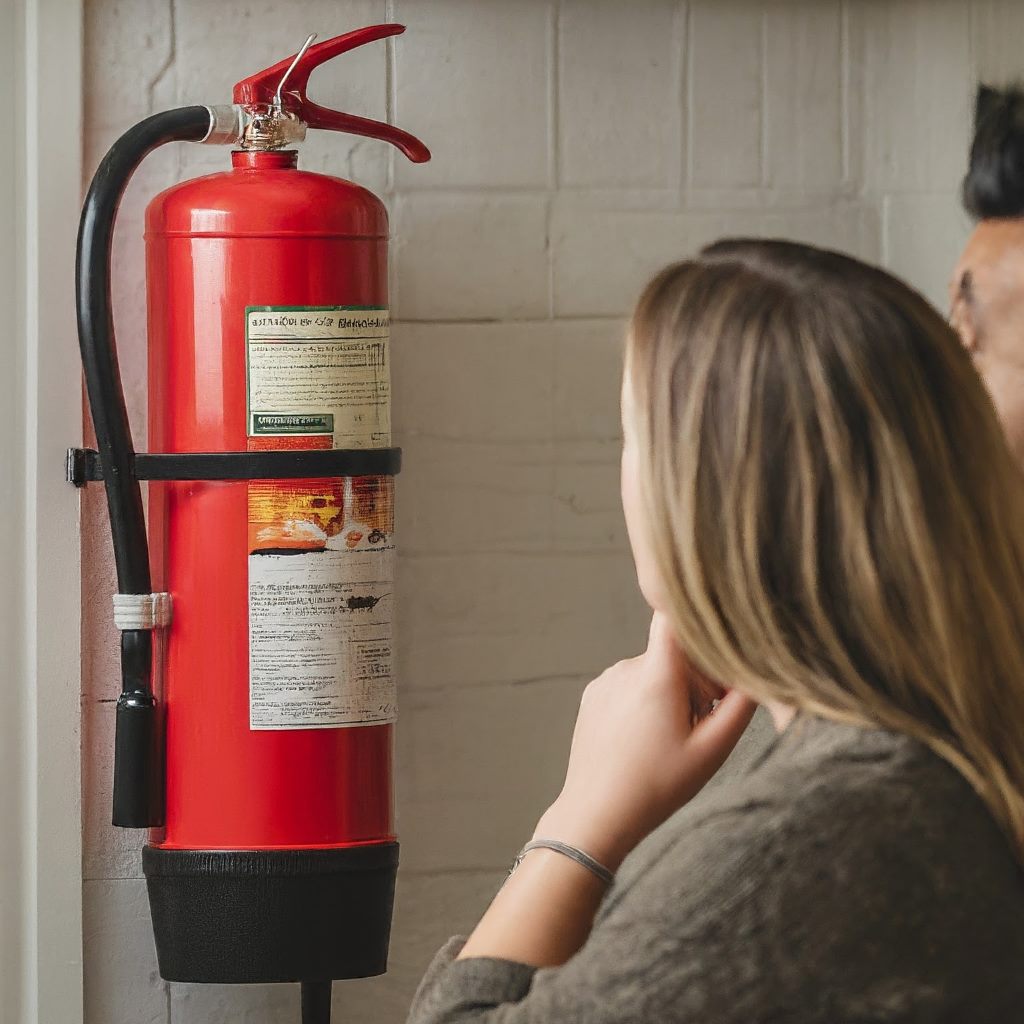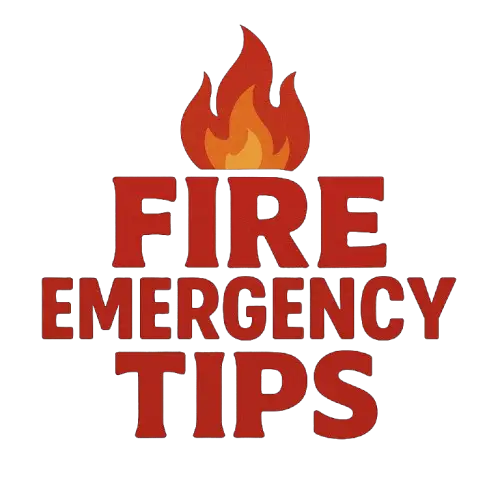
Introduction
Fire safety is a critical aspect of protecting lives and property. In the event of a fire, having the right type of fire extinguisher can make a crucial difference. Different fires require different approaches, and understanding the various types of fire extinguishers is key to effective fire prevention and response. In this article, we will explore the common types of fire extinguishers, their uses, and the importance of selecting the right extinguisher for specific fire scenarios.
1. Class A Fire Extinguishers: Combating Ordinary Fires
Overview
Class A fire extinguishers are designed to handle fires involving ordinary combustibles such as wood, paper, fabric, and certain plastics. They are commonly found in homes, offices, and public spaces.
Key Characteristics
- Water is the primary extinguishing agent in Class A extinguishers.
- Some Class A extinguishers may contain additives to enhance fire suppression.
2. Class B Fire Extinguishers: Tackling Flammable Liquids
Overview
Class B fire extinguishers are suitable for fires involving flammable liquids such as gasoline, oil, grease, and solvents. They are crucial in settings where such liquids are present, such as kitchens, garages, and laboratories.
Key Characteristics
- Common extinguishing agents include foam, powder, or carbon dioxide.
- Class B extinguishers work by smothering the fire and interrupting the chemical reaction of the combustion process.
3. Class C Fire Extinguishers: Handling Electrical Fires
Overview
Class C fire extinguishers are designed for fires involving electrical equipment, including appliances, wiring, and outlets. It is essential to use non-conductive extinguishing agents to avoid electrical shock.
Key Characteristics
- Extinguishing agents include dry chemical powders or carbon dioxide.
- The focus is on cutting off the oxygen supply to the fire while cooling the surrounding area.
4. Class D Fire Extinguishers: Addressing Combustible Metals
Overview
Class D fire extinguishers are specialized units used for fires involving combustible metals such as magnesium, titanium, and sodium. These metals pose unique challenges and require specific extinguishing agents.
Key Characteristics
- Extinguishing agents for Class D fires may include dry powder or sand.
- These extinguishers work by smothering the fire and preventing the metal from reacting with oxygen.
5. Class K Fire Extinguishers: Safeguarding Commercial Kitchens
Overview
Class K fire extinguishers are specifically designed for fires involving cooking oils and fats, commonly found in commercial kitchens. The high-temperature nature of these fires requires specialized extinguishing agents.
Key Characteristics
- Wet chemical agents are the primary extinguishing agents in Class K extinguishers.
- They react with cooking oils to form a soapy substance, preventing re-ignition.
6. Multi-Class or ABC Fire Extinguishers: Versatile Solutions
Overview
Multi-class or ABC fire extinguishers are versatile units designed to handle a variety of fire types, including ordinary combustibles, flammable liquids, and electrical fires. They are commonly found in homes and commercial settings.
Key Characteristics
- Dry chemical powder is a common extinguishing agent.
- These extinguishers are suitable for general-purpose use and provide a well-rounded solution for different fire scenarios.
7. Water Mist Fire Extinguishers: Effective on Multiple Classes
Overview
Water mist fire extinguishers use microscopic water droplets to suppress fires. They are versatile and can be used on various fire classes, making them suitable for homes, offices, and commercial spaces.
Key Characteristics
- Water mist extinguishers are environmentally friendly and leave no residue.
- They work by cooling the fire, reducing heat and oxygen levels.
8. Car Fire Extinguishers: Compact and Portable
Overview
Designed for use in vehicles, car fire extinguishers are compact and portable, offering a quick response to potential vehicle fires. They are typically smaller in size for easy storage.
Key Characteristics
- Dry chemical powder or foam may be used as extinguishing agents.
- Car fire extinguishers are essential for addressing engine or electrical fires in vehicles.
9. Wheeled Fire Extinguishers: Heavy-Duty Fire Suppression
Overview
Wheeled fire extinguishers are large, heavy-duty units mounted on wheels for ease of transport. They are suitable for industrial settings, warehouses, and areas with higher fire risks.
Key Characteristics
- These extinguishers may contain dry chemical powder or foam.
- Wheeled fire extinguishers provide extended firefighting capabilities and are suitable for handling larger fires.
Conclusion: Selecting the Right Tool for the Job
Understanding the types of fire extinguishers and their applications is crucial for effective fire safety. Selecting the right extinguisher for a specific fire class ensures a prompt and efficient response, minimizing the potential for damage and injury. Whether in a home, office, or industrial setting, having the appropriate fire extinguishers in place is an essential component of a comprehensive fire safety plan.
In summary, being well-informed about the various fire extinguisher types empowers individuals and organizations to make informed decisions regarding their fire safety measures. Regular maintenance, proper training, and strategic placement of fire extinguishers contribute to creating a safer environment for everyone.
